Curriculums & Lessons
Building skateboard decks in class provides the opportunity to incorporate many lessons, some of which are outlined below.
The Roarockit deck building system has been working successfully in schools around the world since 2000.
> Science and the Physics of Vacuum Pressure
> Woodworking without Power Tools
> Environment: Skateboards are Green!
> Business and Entrepreneurship
Science and the Physics of Vacuum Pressure
Math, Science and the Physics of Vacuum Pressure
Building skateboard decks using atmospheric pressure is a simple yet effective way to understand what vacuum is.
Explore the reasons why it is possible to bend 7 layers of 1/16” maple veneer at once using a plastic wine pump and a vinyl bag.
Learn why the vacuum created inside a Thin Air Press is so powerful! Use a mathematical formula to work out how many psi are generated by the high pressure pump over the area of a skateboard deck.
To see the effects of altitude on vacuum, watch Ted and Norah go up the Haleakala Crater in Maui Hawaii to test the Thin Air Press from sea level to 10,000 feet up.
Our Understanding Vacuum page has even more information about pressure, from wood clamps to many kinds of vacuum presses.
Points of Learning :
- what is vacuum?
- what is atmospheric pressure?
- how is vacuum pressure measured?
- how many psi per deck is generated inside a Thin Air Press?
- why does the foam mold not crush under the pressure?
- when does water boil?
- why does the skateboard glue dry in the vacuum bag but not in the bottle?
- how does vacuum relate to outer space?
- what would happen if astronauts didn’t wear space suits?
- study vacuum technology in the sports, aeronautics and other industries.
Demonstrations, Experiments and Activities:
Do a web search for "Air Pressure Experiments" to include fun and informative experiments to demonstrate the power of vacuum, and vacuum pressure.
Levitation using Lung Power - incredibly, air can lift a person Balloon in a Bottle - why can’t you do it?
Suck an Egg into a Jar - it happens before your eyes
Magic Lid - atmospheric pressure vs. gravity, what’s the difference?
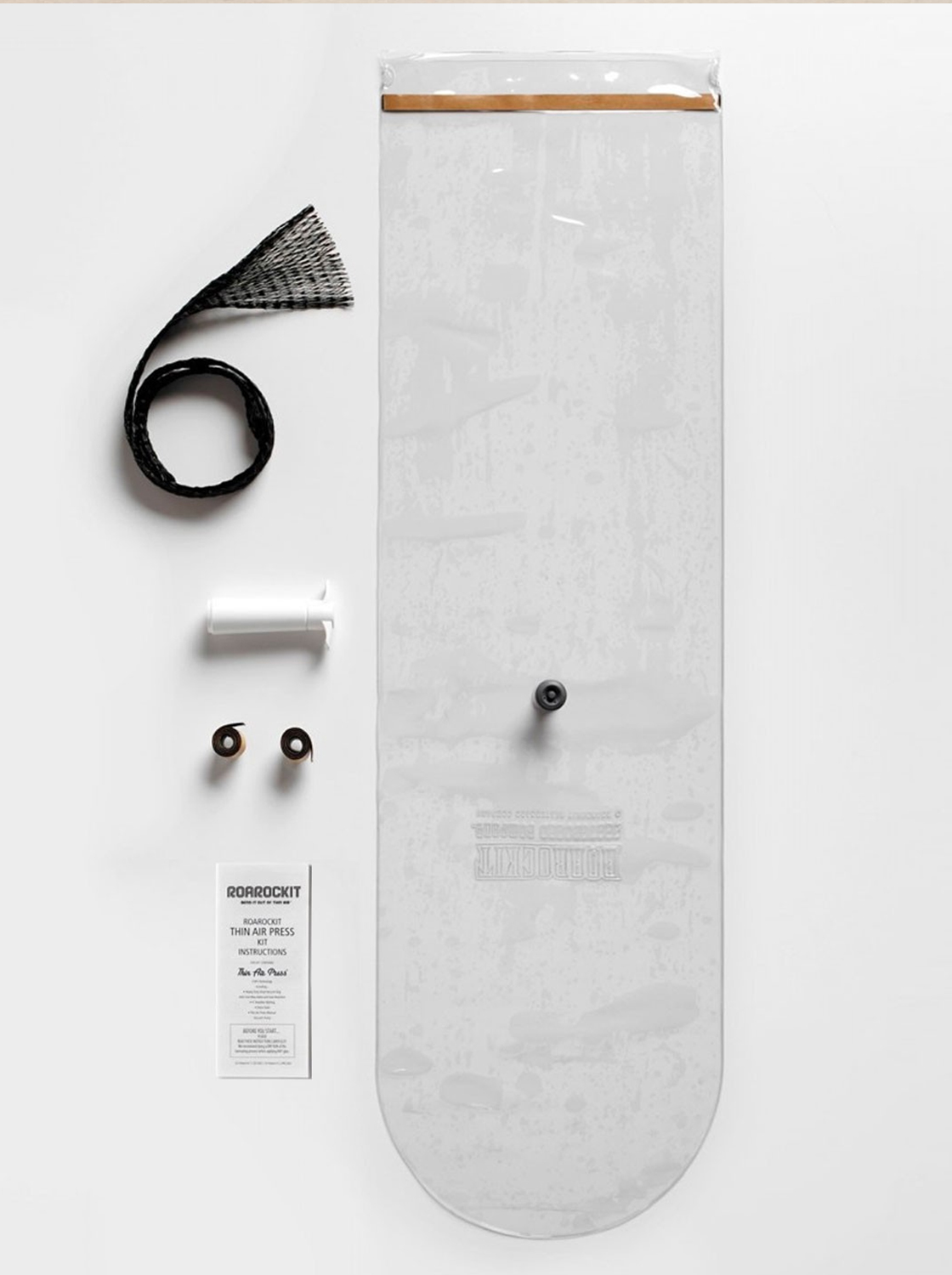
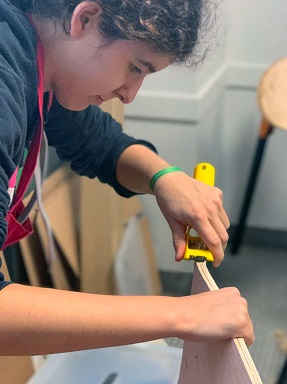
Woodworking without Power Tools
For years, power tools have become the mainstay of the woodworking world. While they certainly have their place, hand tools are also a viable way to work with wood.
Vacuum press technology is not new, however until the Thin Air Press Kit was invented, the process was rather complicated and expensive. Ted Hunter’s invention has simplified the process of vacuum laminating to its essence, making it easy to use and much less expensive. Working with hand tools also avoids insurance and liability issues, which are considerations in some shops and schools.
Some reading this may consider using a vinyl bag, foam mold and a hand vacuum pump a tad simple for doing “serious” woodworking. However old dogs CAN learn new tricks from the thousands of students who have successfully laminated 7 layers of 1/16” maple veneer into a 3-dimensional skateboard deck by hand power!
Points of Learning:
Wood
- preparing veneer sheets with sand paper
- understanding grain direction of wood veneers
- why has the skateboard industry standardized on 7 layers in a deck?
- what is the order of grain direction in a deck?
- is all maple the same?
- what other kinds of wood can be used for skateboards?
- is bamboo a wood?
- understanding the strength vs. flexibility of maple veneer
- why do the veneers change length and width on their own?
- what sorts of glue are used for wood laminating
- how do they make colored veneer?
- using colored veneer, internally or as a face sheet
- using inlay or marquetry as a decorative finish.
Tools
- how does a vacuum bag work as a clamp and why use it?
- what’s the difference between a vacuum cleaner and the Thin Air Press hand pump?
- why not use an industrial electric vacuum pump?
- using a hand scraper, hand plane, spoke shave or rasp to finish the edges
- what grades of sandpaper to use, and in what order to smooth the deck?
- how to use a wood clamp
- what other uses would the Thin Air Press be good for?
Finishing
- clear coatings, which to use, when and why?
- stains, water-based or spray (solvent) paints, which to use and why?
- how to apply stains, paints and coatings successfully
- sanding between finish coats for exceptional finishes.
Environment: Skateboards are Green!
Skateboards are Green, making Skateboards is even GREENER!
Roarockit Skateboard kits are composed of locally and Canadian available materials. Especially the all-important maple veneer, which is grown, harvested and milled in the very long, very cold winters of north eastern Canada by an SFI certified mill.
Skateboards contribute many environmental benefits to our society:
- Skateboards are non-powered eco-friendly transportation.
- Skateboards are a non-cost form of exercise.
Roarockit Skateboard Deck Kits and the skateboard carbon footprint:
- the best skateboard wood in the world is grown in an SFI certified mill, (specifically Canadian) hard maple veneer
- maple logs are simply rotary cut into sheets and kiln dried
- wood is not heavily processed with bleaches, pesticides and glues (like bamboo)
- no power tools are used for this deck building process
- kit parts are all (or almost all) reusable and or recyclable
- kits are designed for years of use
- kits can be used for other laminated projects, not just skateboards
- finished decks are built to last many years, not disposable
- hand deck building supports local businesses and workers
- hand deck building promotes do-it-yourself projects instead of offshore and off the shelf purchases
- custom deck building provides a potential local business to small builders
- using locally grown, harvested and manufactured products keep our local economies strong

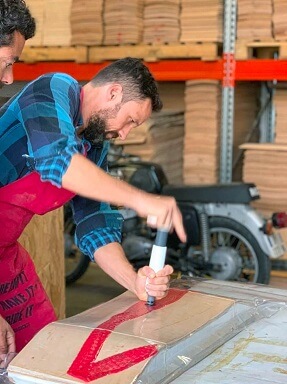
Art & Design
Skateboard Art and Design
This is the most flexible and expandable part of using skateboard deck building in a curriculum. From simply designing and painting a finished and sanded deck, to an in-depth exploration of its history, skateboard art provides a rich resource for learning and discussion.
Art sessions can start even before the decks are built, and carry on past when they are finished and ready to hang in an art exhibition!
Points of Learning:
Designing Skateboard Graphics
- Elements and Principles of Design
- Brand creation - personal, the school brand or perhaps a fundraising effort
- Logo design - engage a local design firm to nurture ideas
- Copyright and intellectual property rights of art
- Social Messaging - local and world street art.
Skateboard Art Culture
- Stencil / Street art
- Skate Park art (perhaps a field trip?)
- Pop culture relating to skateboards
- History of skateboard art
- Graffiti and street art, current and historical.
Design Concepts
- Stages of design, from thumbnail sketches to final layouts
- Color theory, terms and definitions
- Type fonts, hand lettering
- Using symbols to represent other things.
What method to use?
- Spray paint (solvent) or acrylic paint (water-based)
- Using wood stains
Business & Entrepreneurship
Using skateboard building as a focus for students in business-related exercises grabs their attention. Students quickly understand the concept of supply and demand, and attendance at these classes is guaranteed.
There may be others, but the Oasis Skateboard Factory in Toronto has the most expanded and complete high school credit program that we know of to date. This brief outline of what Craig Morrisson and Lauren Hortie offer their students may provide some ideas to include in your curriculum or program plans.
The Oasis Skateboard Factory Model
Each student builds multiple skateboard decks. One deck becomes their own, then they are required to use their creativity to market the other decks to members of the outside community. The challenge is to offer their product for sale, then support that sale by completing the assignment to the customer’s satisfaction, and to deliver on time. Money management skills are learned, as the proceeds of the sales are used for replenishing materials, purchasing equipment such as screen printing and other tools, giving some to charity, as well as an honorarium for the student.
They support their sales efforts by learning about advertising and promoting the products they sell. Along with making skateboards, these students also develop and manufacture their own branded merchandise, such as buttons, t-shirts, hats and stickers. A media component is also part of the course. To promote their brands, they create videos, zines, graphic novels and print articles for magazines. Many previously failing students have improved their literacy skills with this program, and have successfully achieved their high school credits.
OSF offers design services to the community, using their skills a artists to design and manufacture merchandise. They also "hire out" their services through their outreach program to other schools, community groups and events. The students themselves are the teachers and are paid accordingly!
The OSF has attracted a large amount of media attention and students are continuously called upon to be spokespeople for their innovative school program. There are many heart-warming stories of the previously shy kid who turns into a confident speaker, able to communicate well in public, and to talk to a TV camera with ease about their entrepreneurial achievements. In addition to learning business skills, students become self-assured, confident as they proudly spread their positive message to the public. A good business move!
Points of Learning:
- designing a marketable skateboard deck “product"
- creating a business plan supply & cost of raw materials
- applying for grants, loans or donations
- managing funds, book keeping and balance sheets
- management of production schedules and delivery commitments
- sales and marketing of the skateboard decks
- promotional ideas and methods
- entrepreneurship in the skateboard industry
- contributing to society and the skateboard world
- creating and delivering a social message through skateboard deck building
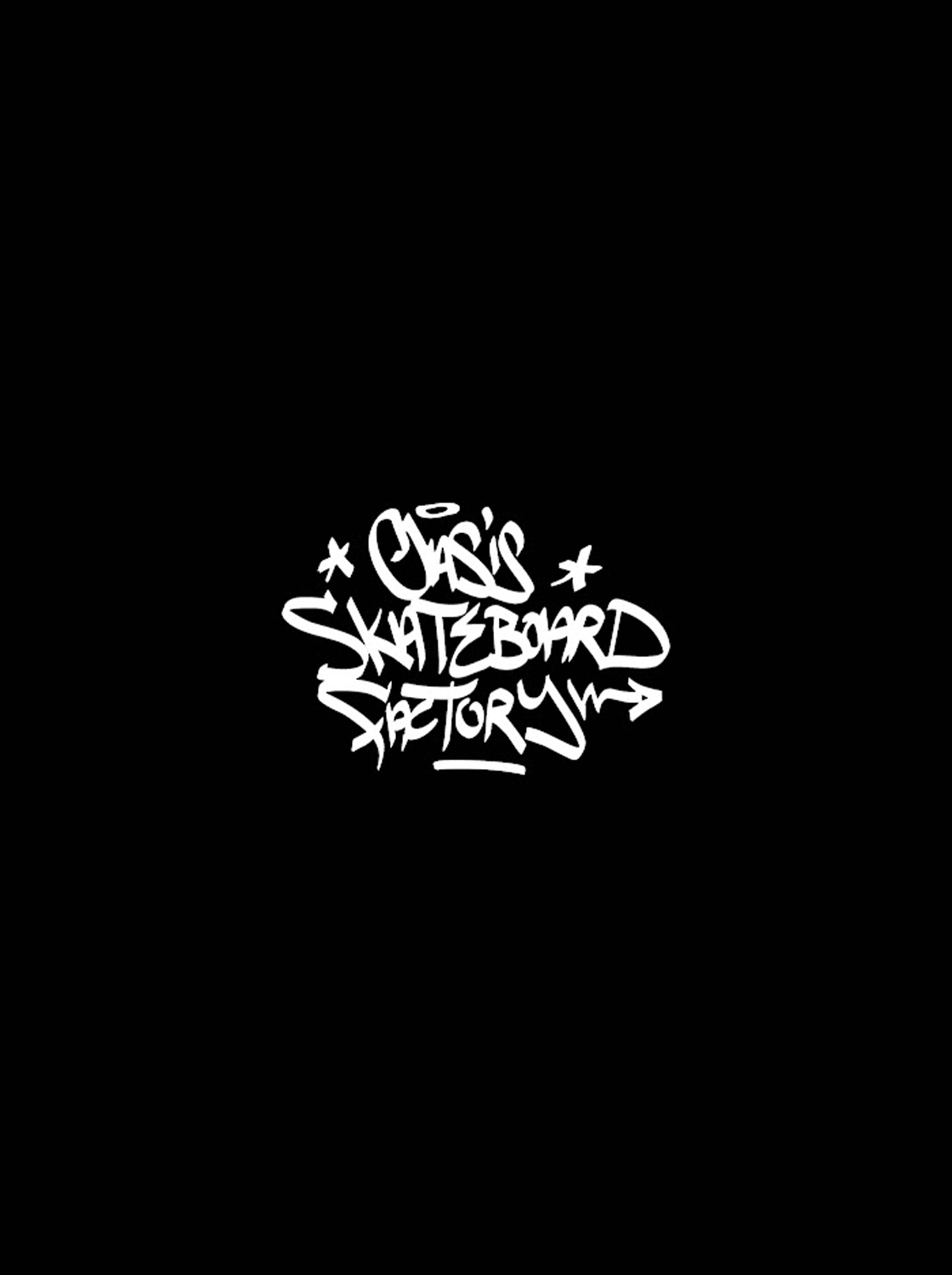
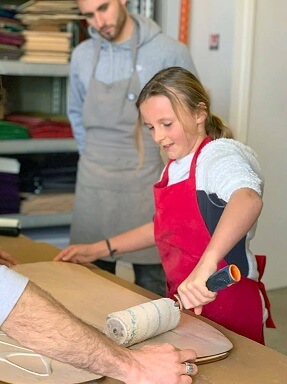
Teamwork, Leadership & Mentorship
Laminating decks with the Roarockit process works best as a team effort.
Teachers report a high level of cooperation and interaction between students during these builds! Age, ability and other issues disappear while they help each other master the process of laminating, finishing, painting and displaying their skateboard decks.
From the skate park rider, to the woodworker, to the student more interested in the art side of the project, bringing them together with one project allows each student the opportunity to make a significant contribution to the class experience.
Once the build process has been learned, each student (depending on age) has the potential to become a teacher or assistant. Leadership and Life Skill lessons can be developed with this process, with programs and venues such as:
- Skateboard Clubs
- Mentorship Programs
- After School Programs
- At-Risk Programs
- Lower School assistance
- Outreach Programs in local and beyond communities
- Skate Park Events
- Professional Development Sessions
- Science / Practical Arts Sessions
- Science Fair Demonstrations
- Summer Camps.
The teamwork required to build skateboards makes this an ideal program to bring students together. Many others will find skills they didn’t know they possessed. Empowered by knowing how to make a skateboard has given many students the confidence to overcome “issues”.
Skateboard deck building has proven itself to be the missing ingredient to a curriculum that engages youth.
Points of Learning:
- Teamwork
- Leadership Skills
- Mentoring Skills
How to do it?
Teacher’s Kits are the very best way to become familiar with the deck building process, available in three shapes.
What materials do I need for a class?
School Multi-packs designed for 10 and 20 students are an easy way to outfit a class or group quickly.
All materials and tools are available individually.
You can also email or phone us and we can work together to create a detailed list and budget to get your class building boards.
Funding
This is a major issue with almost all schools. While we frequently get requests for donations, what we offer instead are suggestions on how schools have found a way to start up a skateboard building program for their students.
The start-up portion of setting up a class can quickly use up a budget. However once the tools are invested in, they are reusable and only require glue and veneer to continue building decks in class after class.
GRANTS: are perfect to cover the initial investment of the reusable tools. Materials can then be self-sustaining through sales or auctions of finished decks. (many schools require students to build 2 decks per term for this reason).
MATERIALS FEE: on a per-student basis, collect the cost of the “consumable” items (veneer and glue) instead of using the yearly budget.
SKATEBOARD FACTORY: generate a self-sustaining program by operating a company store and generating income through sales. Offer a credit or life skills course for the management of this program.
CORPORATE SPONSORSHIP: through personal, school and community connections.
MENTORSHIP PROGRAMMING: budgets may be available to groups that involve mentorship. Match up pairs of under and over achievers to create a learning and support system within your own classroom.
CREATIVE RESOURCES: many schools have budgets set aside for specially mandated programs. Recently we heard from an enterprising teacher who started a "Stop Smoking" After School program because she discovered there was a budget available for it. It was enough to get 12 students to stop smoking, (at least for a while) and each one ended up making a custom skateboard. A win-win!
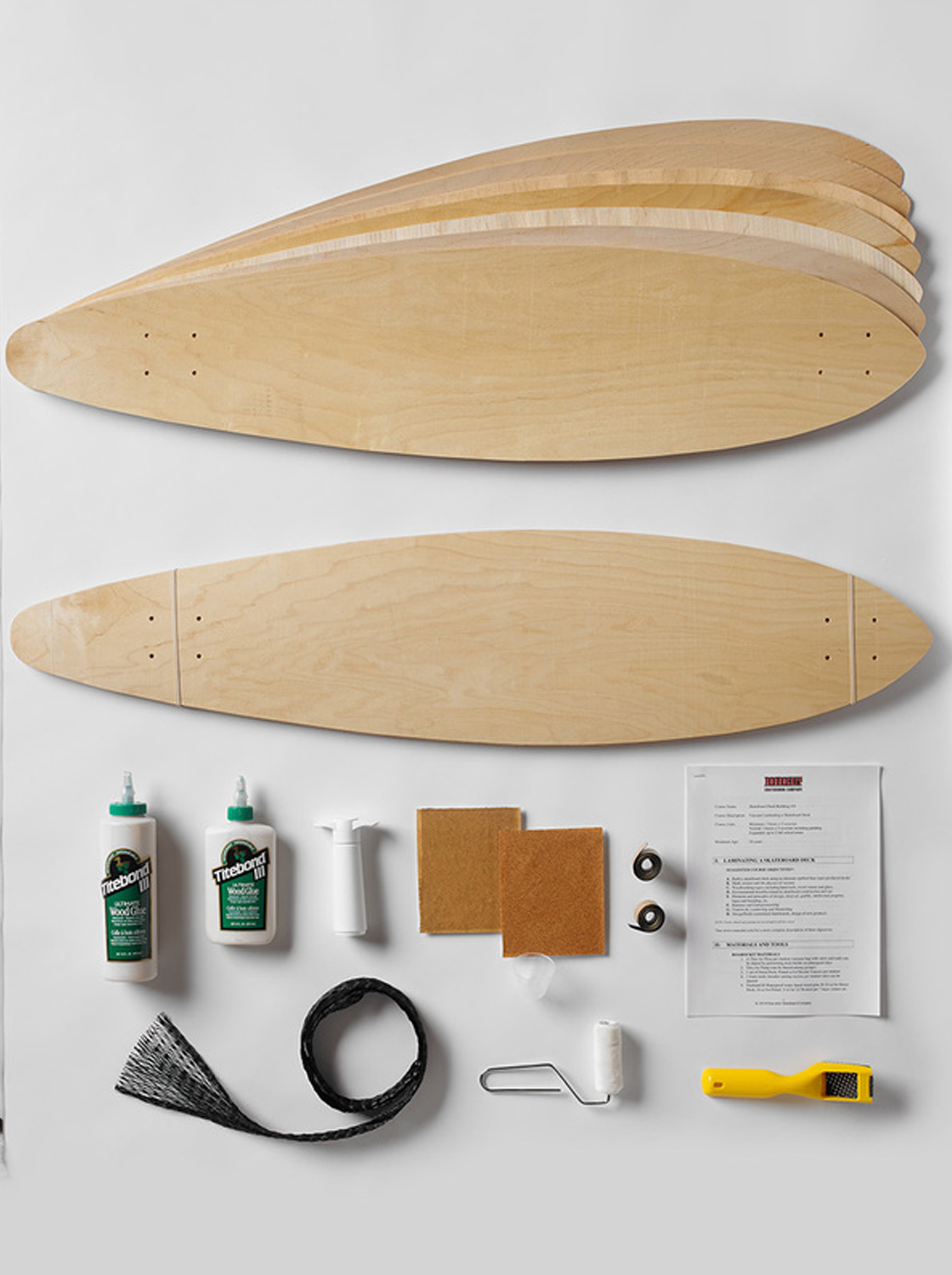
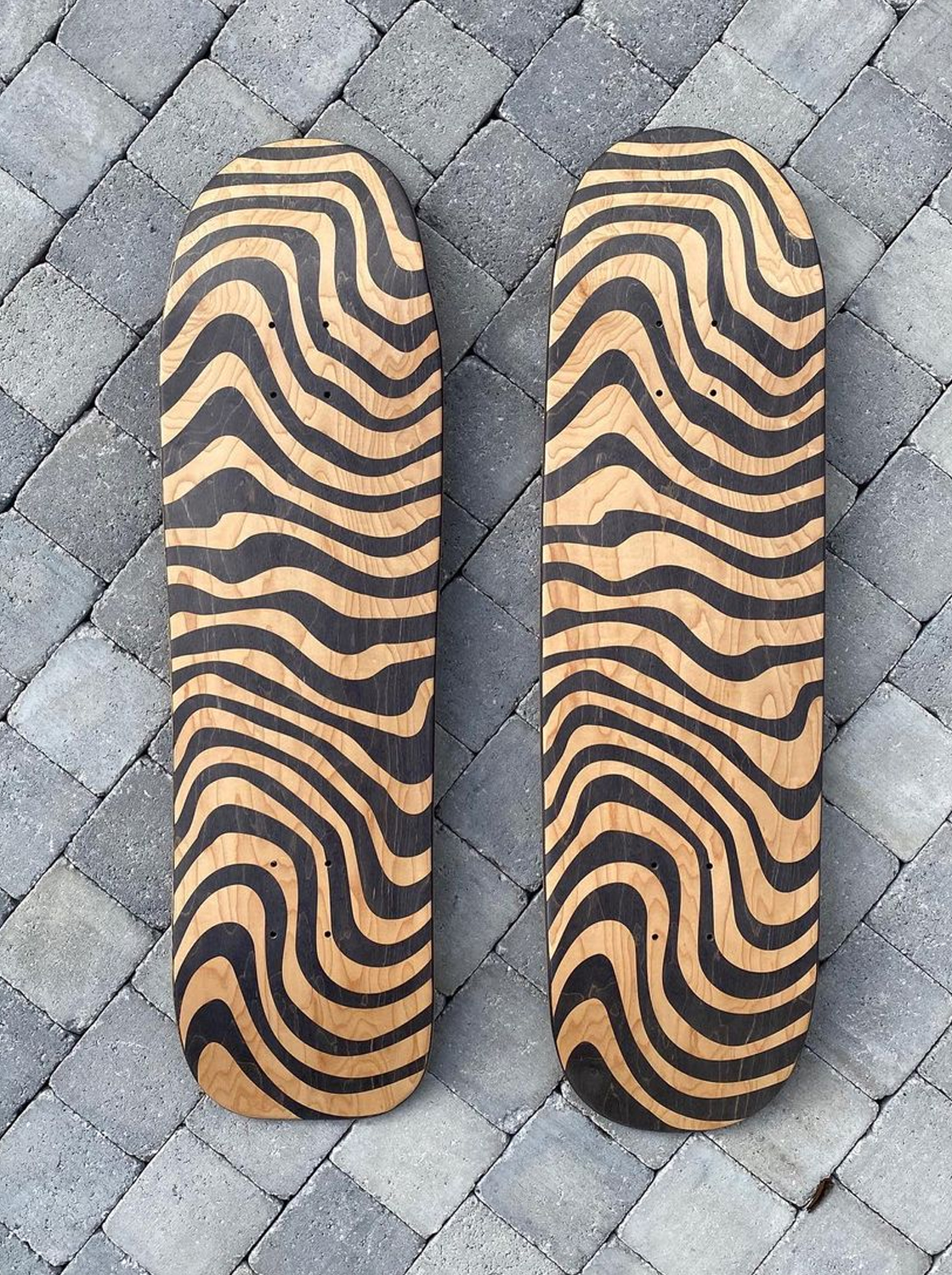
Taking it further
Designing, shaping and building custom boards is the advanced level your students can achieve once they have mastered the skills of building the basic pre-shaped boards. Please view our tutorials to view the steps required to move into the advanced area of board building.
Ted Hunter's pioneering use of foam to create a one-sided mold to shape a skateboard, has given builders the ability to create new shapes to their heart's content! A one-side mold eliminates the need for more cumbersome, time-consuming and expensive 2-part molds. Foam is quick and easy to shape, works well in a vacuum press and is inexpensive.
With so many builders now designing and shaping their own styles of decks with the Roarockit method, it is has pushed the technology, design and manufacturing of skateboards into a higher realm than ever before. Commercial board manufacturers have to keep pace now with the many innovative board designs that independent board builders have created.
Students are a part of this revolution, coming up with their own ideas and styles to push board design to the edge. Advanced skateboard design class is a valuable addition to the world of skateboard design.
Composite materials such as carbon fiber and fiberglass can be used in the Thin Air Press as well as inlay and marquetry techniques. Uncut sheets of veneer, foam slabs and large Thin Air Press vacuum bags are the materials and tools of choice.
Use of a bandsaw or jigsaw will be required to trim out custom shapes.
Points of Learning :
- explore existing skateboard styles, shapes in relation to their uses
- construction planning and designing for a new or improved skateboard
- include these construction properties:
- changing the number of veneer layers
- including more or less cross band grain or long grain layers
- strength and flexibility vs shape using different adhesives, ie: wood glue vs epoxy
- learning to use composite materials, ie: carbon and fiberglass
- drafting custom templates for a new deck design
- shaping foam molds using templates, foam sheets and hand tools
- hands-on experimentation while building custom decks
- Surform or hot wire method to shape a foam mold
Please note that Taking it Further as listed on this page requires a high level of experience with both building decks in the Roarockit Thin Air Press and using composite materials. This is not recommended for first time builders, trust us!!

